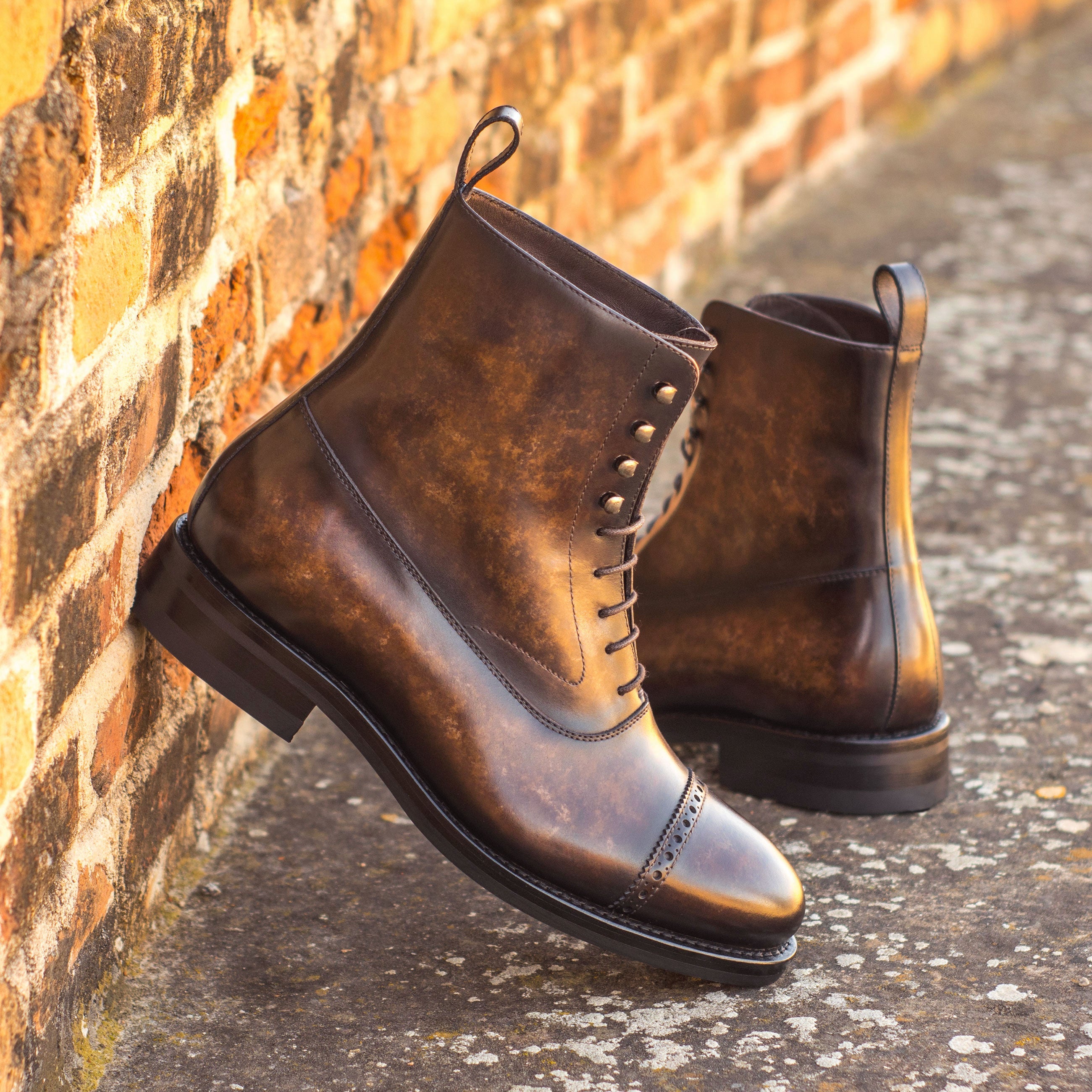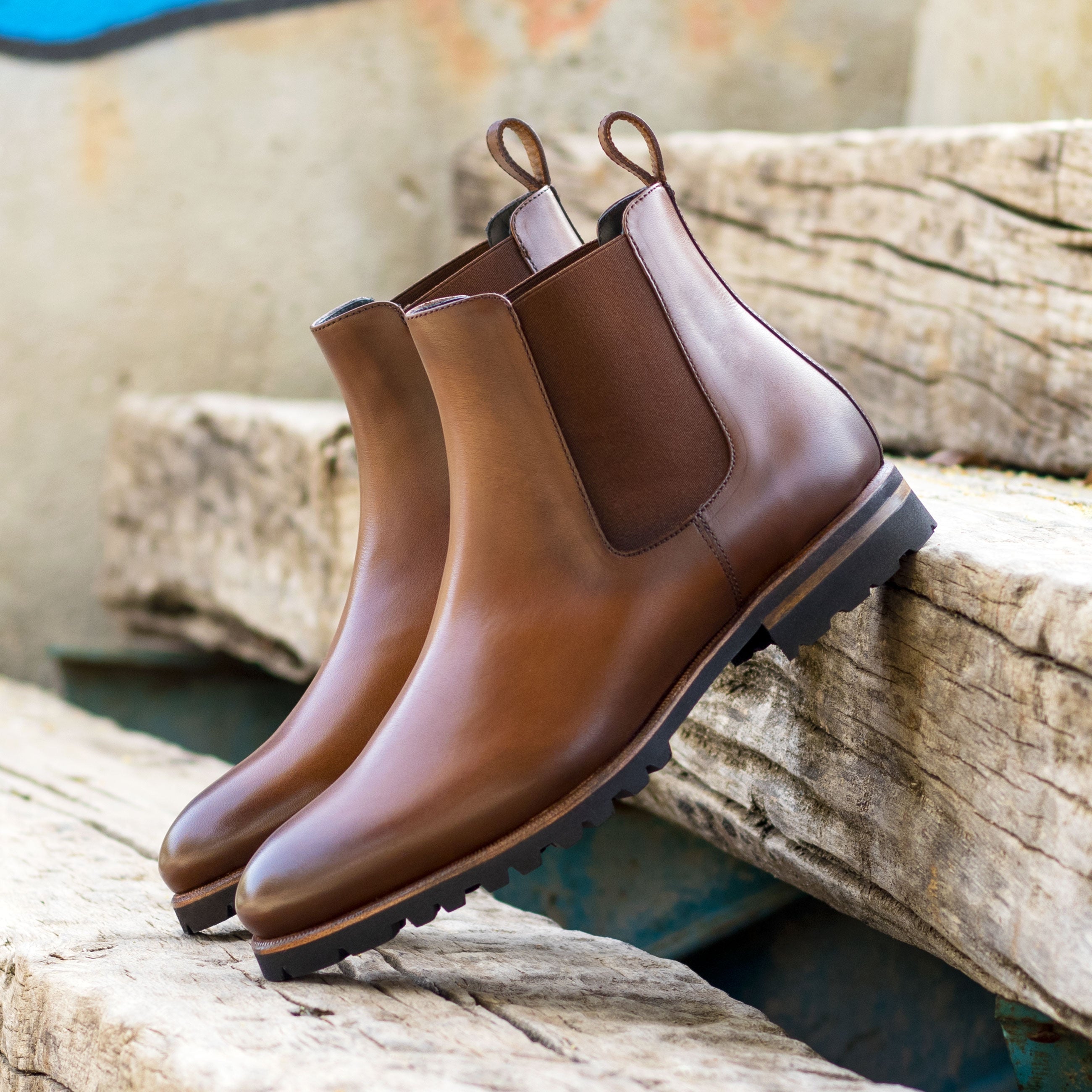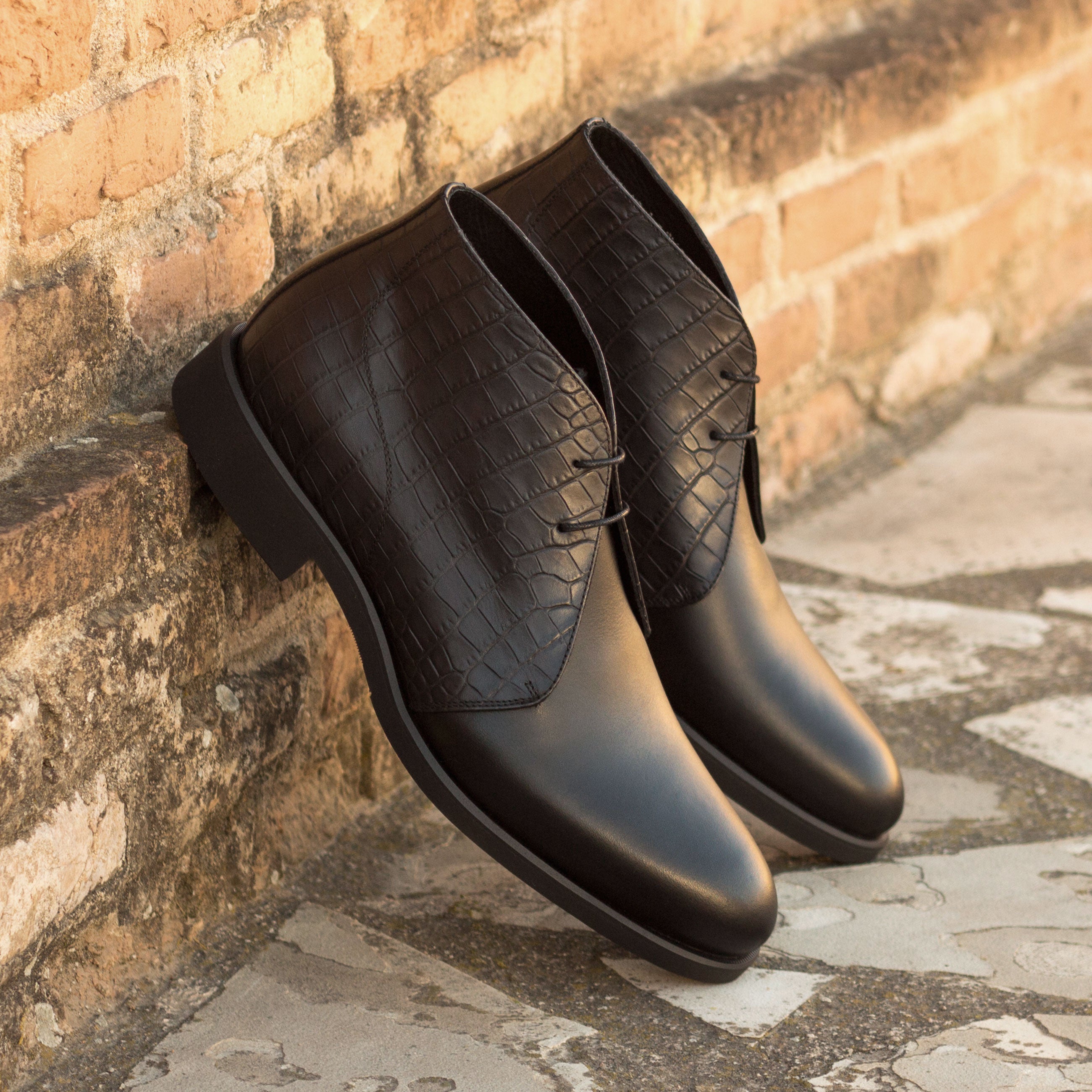If you have ever wondered about the steps that occur when using leather for shoes, you will be fascinated to know that leather goes through many different phases before it can be used for clothing. The leather production goes through the drying and curing process before it becomes ready for the tanning stage. Intricate and complex, you need talented workers to ensure that this process is done correctly.
As leather is a booming market, there are places worldwide that are now creating more options for leather items. In the last year alone, leather footwear soared to selling over forty-seven billion dollars. Over fifty percent of the world’s total trade in the past decade was leather. Different countries and areas will create leather into additional items, but it’s clear that leather is here to stay as it creates luxurious and decadent items that make you look and feel amazing.
Chrome Tanning
Chrome tanning is a newer option for tanning and has become a highly dominant force. It requires that you soak the hides in acidic salts before chrome tanning. A chrome tanning involves chrome agents and an acidic bath to decrease until the hide begins absorbing said chromium agents. It will turn the wet hide blue.
It is considered a much faster process than vegetable tanning because it only takes a day with the modern machinery that we can use. After the initial process, the leather is cut and processed for leather goods. The entire process is highly automated, which means that it is popular because it cuts down labor costs.
Why Chrome Tanning Is Dangerous
While many companies consider chrome tanning an intelligent choice, it can harm the planet and its people. It is important to note that chrome tanning accounts for over ninety-six percent of shoe production. That is highly dangerous as one of the main principles of enabling this process to work is sodium dichromate. It is a widely known carcinogen, and it also causes damage to these areas.
- The heart
- The lungs
- The kidneys
- Your blood
- Your eyes
While these areas are the most common, you will see damage in other areas as well. Other carcinogenic principles include chromium V1, 111, and other options through boiling or sun-drying, which causes oxidation.
Regarding the environment, the damage comes from dumping solid waste and liquid that has been proven to have leftover chromium. Studies have shown that some commercial operations have over sixty percent of their chromium waste dumped into our local environments. In addition to that, there is a significant problem with the animals that will consume the waste. It causes issues when humans eat meat. Rivers have been investigated and shown to have high concentrations of heavy metals.
When these chromiums enter the water system, we experience infertility and birth defects. You will also experience breathing and respiratory problems. When these harmful and cancerous chemicals come into contact with your skin either indirectly or directly, you will have chrome holes which means you have dry skin, cracking, and sores. If you have diabetes, you can get infections and experience sepsis. Unfortunately, many of these effects are happening all around us, and while measures are being taken to dispose of the waste healthily, that isn’t happening in the countries that are in dire straights. These countries are where most of the bulk of this type of tanning takes place. As such cleaner solutions need to be implemented so that these countries and their people don’t have to suffer unjustly for the sake of fashion.
Another area to be aware of is that chrome tanning creates products that don’t wear as long; they can crack in months, and in many cases, don’t wear well. You also get a product that isn’t natural and carries a smell from all of the chemicals.
Vegetable Tanning Is More Friendly
Vegetable tanning has been a solution for thousands of years, and it relies on soaking animal hides in vegetable tannins. This process can take two months, require multiple treatments, and needs the best-skilled laborers. It takes skill and talent. Because vegetable tanning is a natural process because it relies on tree tannins and water. The environmental impact is more minimal with this method. The only damage that vegetable tanning creates is taking the tannins from trees that may not survive after they do so. Another issue you may face is if the tree has absorbed the metal pollution, your leather has now been introduced to it as well. The only other problem is if the liming pit is still being taught. However, the government has been more careful about ensuring that these are not dumped in the water.
In addition to this, it is durable and thicker. It is made for daily use. If you take care of the leather, it will last for half a century or longer. However, one thing commonly occurs when the tanners’ skin gets stained, and the process will penetrate through the skin. When you receive the product, however, you notice a sweet yet woody fragrance. Vegetable-tanned leather is also carefully done and develops a beautiful look that gets better over time instead of worse, and it doesn’t dry out. That allows you to have a beautiful piece of clothing or footwear in your closet for years.
Compare, if you will, leather to wine. If you like wine, you will notice that the taste is distinct when it has aged nicely and properly. Leather tanning is the same way. When you put effort and time into it to make it memorable, it lasts, and you have a product in place that you can truly be proud of. When you rush and use heavy machinery, you get something that doesn’t last and doesn’t look very pleasant.
Choose Kindness Instead
Leather and tanning cause issues with the environment, but there are ways to minimise the damage being done. Vegetable tanning has been proven to be safe, and it would help thousands of people across the world have a better quality of life. By minimising or getting rid of chrome tanning altogether, fashion and footwear will be completely revolutionised.


















